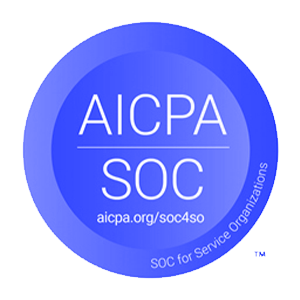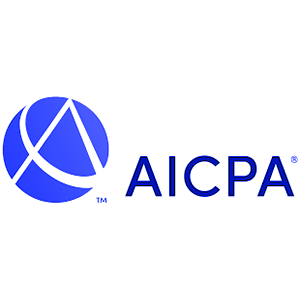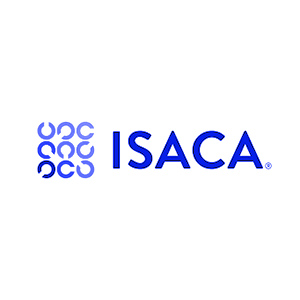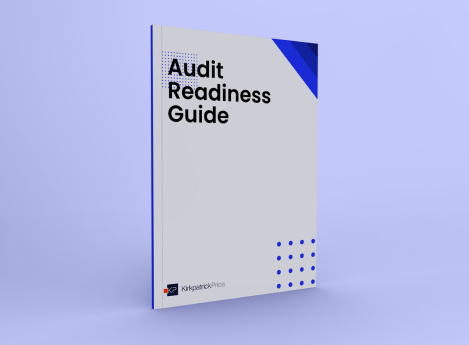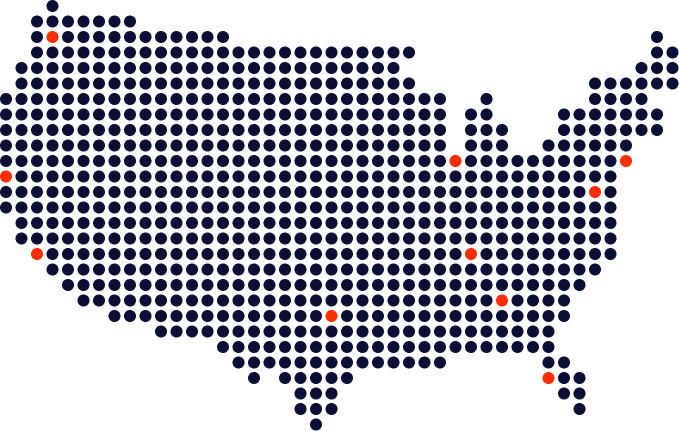
NIST SP 800-53 Audits
When doing business with government agencies, you will be required to demonstrate your compliance with certain standards, such as NIST SP 800-53. Agencies will rely on the NIST security and privacy controls (SP 800-53) to determine which controls they expect to be implemented in any of their business partner’s environments.
To gain approval, organizations must first determine the security category of their information system in accordance with FIPS 199, Standards for Security Categorization of Federal Information and Information Systems, derive the information system impact level from the security category in accordance with FIPS 200, and then apply the appropriately tailored set of baseline security controls in NIST Special Publication 800-53. This allows organizations to tailor the relevant security control baseline so that it more closely aligns with their mission and business requirements and environments of operation. Certification, and therefore the ability to do business together, is achieved when an Authorization to Operate (ATO) is signed by a federal agency’s senior management official.
NIST 800-53 FAQs
-
What is a NIST 800-53 audit?
A variety of compliance programs use NIST 800-53 as the baseline standard for security and privacy controls. An audit against this standard considers your risk management practices, including asset characterization and impact levels using FIPS 199 and FIPS 200; your risk assessment using NIST 800-53; and the controls you selected using NIST 800-53. The resulting audit report details your risk management program and the testing results for the operating effectiveness of controls.
-
What audit does a government agency require?
Most government agencies have designed a compliance program to suit their needs (i.e., DFARS, MARS-E, CMMC). These programs utilize NIST Special Publication 800-53 as the baseline for security and privacy controls. Each agency publishes their own requirements for audit timeline and approach.
-
How much does a NIST 800-53 audit cost?
Pricing for a NIST 800-53 audit depends on scoping factors, including people, processes, technology, physical locations, third parties, and audit frequency. Pricing will also vary based on whether or not you’ve already completed a risk assessment and documented your System Security Plan (SSP).
-
How long does a NIST 800-53 audit take to complete?
The average NIST 800-53 audit can take anywhere from weeks to months, depending on your level of preparedness and staff’s availability for interviews and control demonstration. During the engagement, the auditor must validate scope, perform testing procedures, and document conclusions. These steps require time from your organization’s management, which can be compressed or extended to meet your timeline needs. You can save time by leveraging the Online Audit Manager to maintain the audit evidence you need for compliance.
-
What do I receive when my NIST 800-53 audit is complete?
The audit culminates in a report, written by our in-house Professional Writing team. The report will provide stakeholders with independent third-party verification regarding your organization’s risk management practices and the testing results of your security and privacy controls.
-
How long is a NIST 800-53 report valid?
Most agencies will require annual evidence that your controls are in place and operating effectively. A report that is over 12 months old might result in a request for more recent results. Maintaining an audit process that covers each fiscal year will demonstrate a commitment to compliance and ongoing testing of controls, which ultimately contributes to the health of your organization.
-
Who is involved in a NIST 800-53 audit?
Team members involved in a FISMA audit could come from anywhere in your organization, ranging from human resources to IT to compliance officers – anyone with the appropriate responsibilities for and knowledge of the matters concerned in the audit.
-
How does NIST 800-53 categorize impact?
FIPS Publication 199 defines three levels of potential impact on organizations or individuals should there be a breach of security (i.e., a loss of confidentiality, integrity, or availability). The levels are Low, Moderate, and HIGH. This informs the selection of appropriate controls using NIST 800-53.
-
Where can I find more information about NIST standards?
We offer a comprehensive NIST 800 video series that dives into various aspects of the NIST standards.
Including videos like:
Understanding NIST 800
NIST CSF Identity Functions
Introduction to NIST 800We’ve created these videos solely to educate, inspire and empower organizations to greater levels of assurance. We hope you check out this series and takeaway expert advice, training, and guidance to elevate your security and compliance efforts.
Explore our NIST 800 Video Series here: NIST Standards






